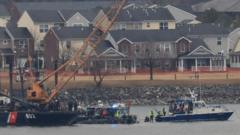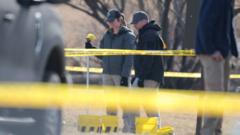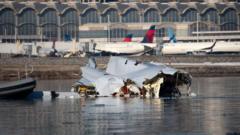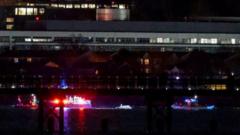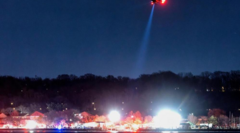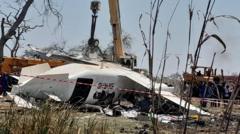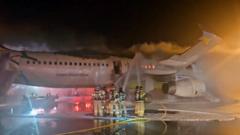**A preliminary report has identified Baikal teal feathers and blood on the crashed Jeju Air plane, prompting further investigations into safety protocols and airport infrastructure.**
**Investigation Reveals Bird Strike In Deadly Jeju Air Crash**
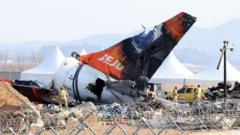
**Investigation Reveals Bird Strike In Deadly Jeju Air Crash**
**Evidence from the crash site suggests a bird strike contributed to the loss of 179 lives in South Korea's worst air disaster.**
Investigators have uncovered significant evidence of a bird strike in the tragic Jeju Air plane crash in South Korea, which claimed the lives of 179 passengers in December. Recent findings indicate that feathers and blood stains from the Baikal teal, a migratory duck known for its large flocks, were discovered on both engines of the ill-fated Boeing 737-800. This preliminary investigation report, released on Monday, has shifted the focus towards understanding how much the bird strike and a concrete barrier at the runway's end contributed to the disaster.
The flight, which departed from Bangkok on the morning of December 29, was en route to Muan International Airport in the country's southwest. The aircraft was warned about "bird activity" just minutes before it struck a bird during the approach. The situation escalated when the pilot declared a mayday signal and requested permission for an emergency landing from the opposite direction. Unfortunately, the plane belly-landed without its landing gear extended, ultimately overrunning the runway and colliding with a concrete structure, leading to an explosion.
Earlier reports highlighted that the flight data and cockpit voice recorders stopped functioning roughly four minutes prior to the accident, which raises further concerns about the circumstances surrounding the crash. Experts familiar with the aircraft model have also criticized the existence of these concrete barriers, suggesting that the casualty figure could have decreased had the barriers not been present. These structures, which assist with navigation during landings, are found at multiple airports across South Korea and abroad.
In response to this devastating incident, the South Korean transport ministry has announced plans to modify the concrete barriers at seven airports nationwide. Additionally, improvements will be made to runway safety areas following a thorough review of airport protocols. The preliminary report has been submitted to the United Nations' aviation agency and shared with authorities from the United States, France, and Thailand as investigations continue.

